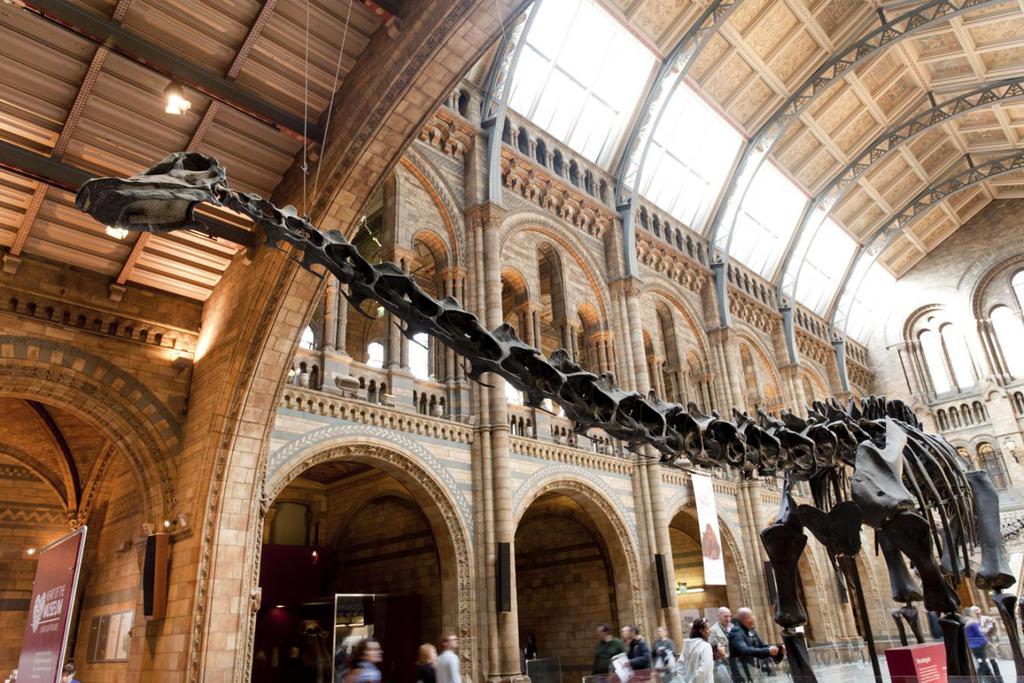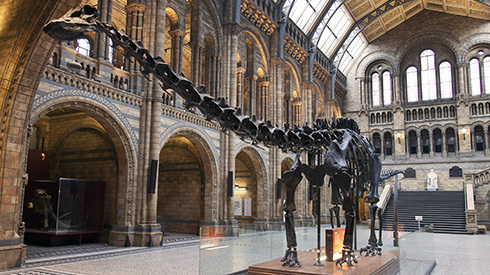
Kelly Rose
Editor

Kelly Rose
Editor
It seems that the NHM have not only been updating their main hall with the replacement to the 112 year old exhibit Dippy, but also their maintenance workshops have had a full upgrade with new dust extraction and centralised ducting systems.
The iconic exhibit Dippy, is being replaced by an 83ft whale skeleton, which will serve as a reminder of our responsibility to the planet, particularly as Dippy is actually a plaster cast replica of a diplodocus, whereas the whale was brought to the museum in 1981, after it beached itself in Ireland. Dippy, although very much loved by tourists from all over the world, the whale will service to remind visitors of the scale of our responsibility to the planet.
With this very important task in hand, and as part of their 10-year modernisation programme, FERCELL were delighted to carry out modifications to the NHM’s existing dust extraction system. As a favourite attraction for millions of people, it was essential that the work was completed as quickly as possible.
The current dust extraction/collection unit and centralised ducting system firstly needed to be dismantled and carefully removed from their site.
Two newly supplied dust extractors were installed, one servicing the left hand side and the other servicing the right hand side. The right hand unit is equipped with a diverter valve so that either the down-draft suction table or the other machine tools are serviced at any one time.
Connecting to the inlet aperture of each dust extractor is a correctly sized and balanced centralised steel ducting system. The duct rises to an approximate height of 3.0m before traveling throughout the workshop and dropping to each of the listed machine tools, with the final connection with flexible suction hose.
When conveying particulates, unique design principles are required, which are not necessarily provided in typical HVAC air distribution systems employing spiral ductwork. Sometimes creating bespoke systems is the best form of attack.
The issue with standard HVAC spiral ductwork, is it has the potential for a build-up of particles within the duct system, which reduces system efficiency, increasing power consumption and a risk of loss of conveyance. This slows the process down and ultimately ends up costing a business money.
Fercell decided that the best fit for the NHM’s ventilation system would be a ‘Kwik-fix’ ducting system, which is specifically designed and suited for industries (woodworking, textile, food processing, pharmaceutical, chemical, grain handling) that require the use of a ductwork system for the transportation and/or collection of particles.
Fercell’s Managing Director Mark Fletcher said: “We are honoured to have been involved with the 10-year modernisation programme at the Natural History Museum. The main aim and goal behind this new system we have refurbished and reinstalled, is that it should last another lifetime and be upgraded as and when needed. “
For further information on Fercell Engineering and their recycling and ventilation services visit: www.fercell.com


Unit 1 Old Mill Lane
Aylesford
ME20 7DT
UNITED KINGDOM
01622 791414